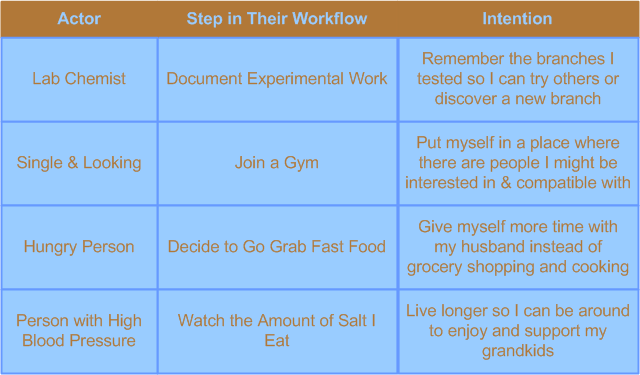This week I was chatting with someone who works at an organization that does not yet recognize the value of generative research before defining products. She said to me, with exasperation in her voice, “The product managers here still go around collecting needs from our customers and giving us lists of features to implement.” She had some money left over from a budget (Leftover money?! That doesn’t happen often!) and wanted to spend it on a small research project that would get to the root of what people were trying to do–people who were not yet customers. Her dream is to be able to show the product managers and executives at her company results from the generative research illuminating several new, previously uncharted activities that her company can support.
Her situation got me thinking about how most organizations go about product design. Usually the focus is on existing practices of customers using existing products. If you’re lucky, maybe the focus is on existing practices, but of people using other companies’ products. People spend lots of effort to capture the step-by-step procedure customers use to achieve something. They produce a lot of boxes-and-arrows diagrams that portray all the nuances of the customer process. A lot of time and sweat is invested in making those boxes-and-arrows precise, which is unnecessary, in my opinion. If the precise diagram only traces the workaround someone developed to make things go how he wants them to go, then you are only perpetuating a flaw. Sure, people buy flawed services and products, but not because they want to. It’s because it’s all the choice they have.
It’s time to go past the existing workflow and get into peoples’ intentions. The table below contrasts a person’s ‘Step in Their Workflow’ to their ‘Intention’ – the reason they are taking that step.

When you spend time with people who might become someone you produce a service or a product for, concentrate on finding these underlying intentions. Deliberately jump past the details of how they execute something currently (the Steps in Their Workflow) and spend time instead asking them what’s behind this step. What are they trying to accomplish besides the step itself? Frequently, people haven’t really thought past the steps, and your conversation turns into more of a psychotherapy session, helping the person work through the underlying issues and describe them for you. When this happens, you know you’re on the right track. With the results of several conversations like this, you can guide your organization into areas you hadn’t previously considered or been consciously aware of. This direction leads to services and products that support what a person really intends to do and makes their life smoother. And that is a very attractive proposition to most of us.

